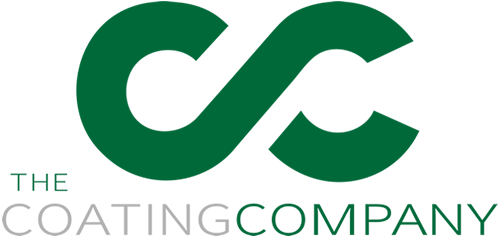About Concrete Resurfacing – Everything you need to know
Concrete is one of the most durable surfaces around and that’s why it’s a common construction material in both commercial and residential applications. It’s designed to last for many years, but eventually just like most materials, it does wear. When that happens there are two main options – to replace it or resurface it. Resurfacing may not be the first choice that comes to mind, but it can be a much more economical solution. Before you can determine if it’s the right choice for you, here’s everything you need to know about concrete resurfacing.
Firstly, what is concrete resurfacing?
The idea behind concrete resurfacing is fairly straightforward. Instead of replacing old and worn concrete, it can be repaired with a thin layer of new concrete. This gives an area a completely new and fresh look. There are specialised concrete formulas for this purpose that are designed to bond well with an existing concrete surface.
Before the resurfacing can begin, there are a few steps that should be followed – the old surface has to be pressure cleaned, etched, cracks have to be repaired and a primer should be applied, then concrete resurfacing can begin.
How long does concrete resurfacing last?
Resurfacing concrete wouldn’t be a popular choice if it was just a short term fix. Fortunately, it isn’t. When the process above is followed closely, the newly repaired zone can extend the life of a surface for many years. The exact time frame may vary, but 10 to 15 years is a pretty standard estimate.
What types of concrete can be resurfaced?
There aren’t many limits as to where concrete resurfacing techniques can be applied. This popular method can be used on driveways, walkways, entrances, patios and pool surrounds. The only major limitations are based on the condition of the concrete surface in question. If there are too many significant cracks or if the concrete is unstable or heaving, you may have to rule resurfacing out as an option.
What are the options for resurfacing concrete?
The most common type of concrete resurfacing has always been the standard grey coating, which does give a rejuvenated appearance. However, concrete resurfacing hasn’t been left behind in new advances. More creative options can include: – coloured sealing, spray on coatings, patterning and epoxy. All of these can breathe new and exciting life into an old space.
Are there any restrictions with concrete resurfacing?
It’s not always possible to resurface existing concrete. We’ve already looked at some problems that can get in the way such as: – extreme cracking, concrete that’s heaving and an unstable subsurface.
The Coating Company have been improving residential, commercial and industrial properties all over the Gold Coast, Brisbane and Northern NSW for 10+ years. When someone wants high quality, efficient concrete resurfacing done, they call on our experts. Simply call us on 0499 852 473 for a FREE quote.
